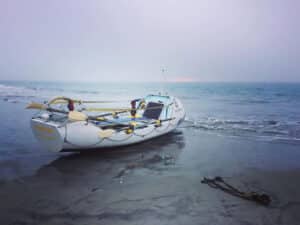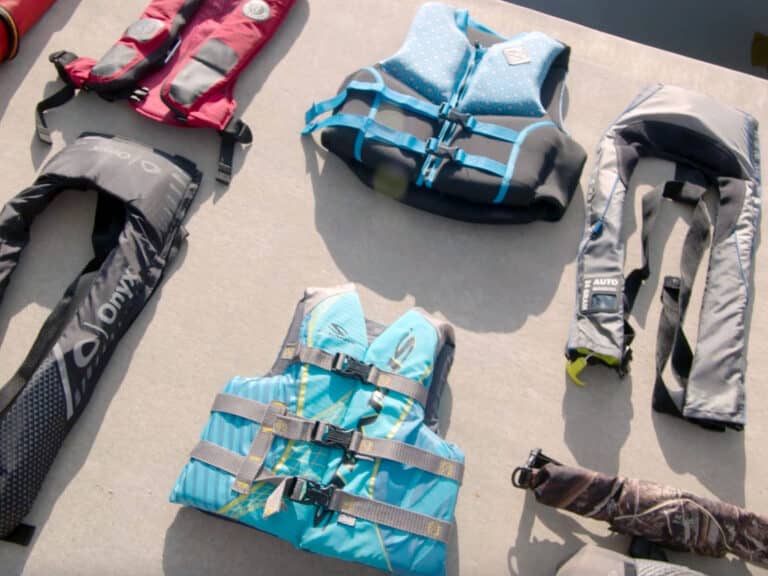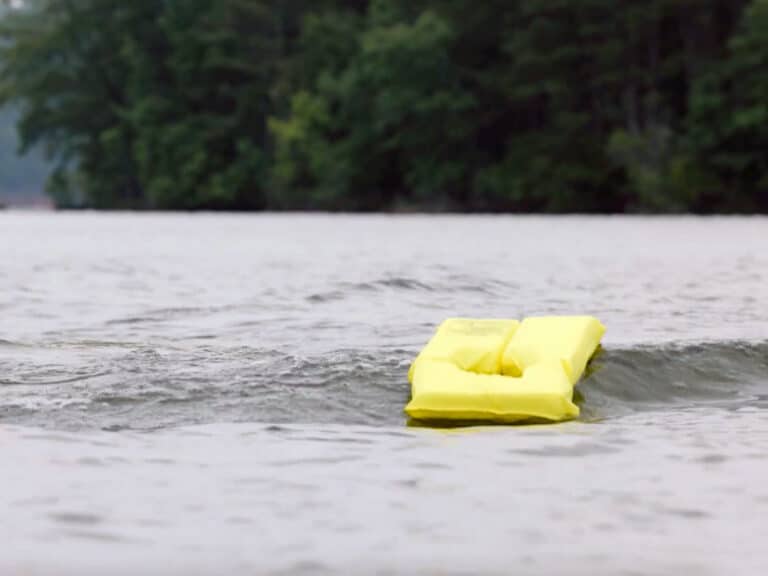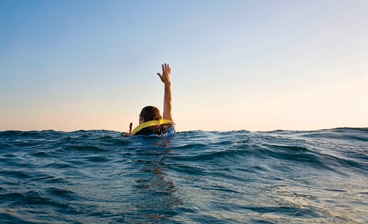
Man-overboard devices are becoming smaller, more reliable and more integrated into the total helm package. In addition, a new class of MOB products taps into VHF technology to take advantage of DSC and AIS capabilities.
The first step in setting up a MOB system that’s best for your needs is to look at the nature of your boating and your passengers. Will people be standing watch alone at night? Are there usually children and/or pets aboard who need to be monitored? Next, having a basic understanding of the available systems will help determine the type that will serve you best.
The EPIRB is the standard vessel transmitter. It operates on the 406 MHz frequency and is supported by Cospas-Sarsat, the international satellite-based search and rescue response network. EPIRBs are registered to the vessel and are designed for automatic activation upon immersion. When an EPIRB goes off, the international rescue network is activated and a full-blown vessel search ensues. These devices should be standard gear on offshore cruisers.
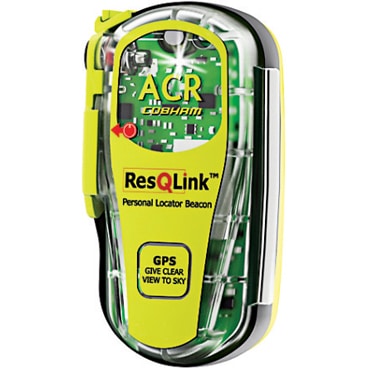
Less than a decade ago, the PLB (personal locator beacon) came on the scene. It works on the same 406 MHz frequency, but as it is a system designed for terrestrial use, it’s registered to an individual. An internal GPS provides a position to rescuers, and the registration number identifies the individual who initiated the rescue. PLBs have increasingly become standard marine rescue devices and have replaced personal and pocket-size EPIRBs on the water. PLBs are manually activated — which alerts search and rescue teams that they are looking for a live survivor — and they too initiate the international SAR network.
Alongside these two transmitters, there is a whole class of dedicated MOB devices available which simply alert the vessel to the fact that someone has gone in the water. Usually activated by a break in a radio signal between a wearable fob and the receiving unit at the helm, systems like Raymarine LifeTag, MOBi-lert 720i and Autotether alert the boat that an overboard event has occurred, but they will not provide a location for the victim nor launch any sort of external rescue.
Coming squarely between the Cospas-Sarsat/EPIRB/PLB systems and the self-contained MOB setups is a new class of device that utilizes a VHF signal to generate the MOB alert and create an AIS target that appears on chart plotters — just like the AIS icon generated by a ship. This MOB signal and icon can be broadcast across the VHF channel to all vessels within range. Two systems now coming on the market have a lot to offer recreational boaters, especially those operating coastal and nearshore cruisers. The McMurdo Smartfind S10 AIS Beacon and Kannad Marine’s SafeLink R10 Survivor Recovery System are designed to be worn on an inflatable life jacket and, in the case of the Kannad, can be set to deploy automatically when the life jacket inflates. The Smartfind must be manually activated. Both are priced at $349 and operate in a similar fashion.
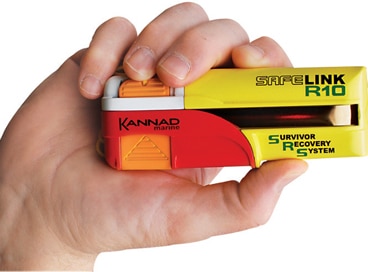
“Once activated, they transmit an AIS distress message via a miniature VHF radio,” explains McMurdo’s John Caballero. “The transmitted data includes a unique ID and GPS information for plotting the precise location of the beacon. Range is approximately four miles. These devices are optimized to initiate a local rescue.” The key words are “local rescue.” If someone goes over, the most logical vessel to effect rescue is the one the person fell from or another vessel nearby. Unless it’s an open-ocean rescue, alerting an international SAR network is often overkill. With the image of the overboard person on the plotter as an AIS target, that local rescue enjoys the advantage of a pinpoint location of the victim — something that has not been so automatic in the past.
Granted, the overboard alert goes out to all vessels within range, which with the McMurdo and Kannad transponders is about four miles. But those same vessels can be reached via VHF by the rescuing vessel to either request further assistance or advise them that the situation is under control.
This all-vessel alert is an advantage, says Caballero. “If I am overboard treading water, I want everybody in the world to know it and come looking for me,” he says. Another approach developed by the French company Seagull Security is the CrewFetch system, which provides a 30-minute window before broadcasting an alert over VHF. Equipped with a transponder at the helm as well as a transmitting fob worn on the body, this system does not “go public” until told to by the skipper or half an hour has elapsed since the rescue request was initiated. George Lariviere, vice president of Bridgton, Maine-based Whiffletree, handles CrewFetch in the United States.
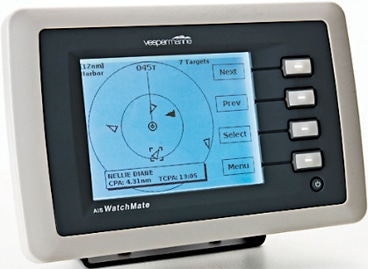
“Our system is the only MOB device which gives you range and bearing back to the person in the water,” he says. “Triggered with the inflation of a PFD, it sets off the alarm at the helm, turns on the GPS and gives you range and distance on the plotter.” The most likely to rescue you should be your own boat, says Lariviere. “We communicate with a radio frequency between the person in the water and the boat. That is the first level of alarm. Your boat gets the signal, plus any boat with the same CrewFetch system, for the first half-hour. After 30 minutes, we interconnect to the VHF so the alert enters the DSC arena and goes out over Channel 70.” Via NMEA 0183 and 2000 networking, CrewFetch also generates an AIS icon on the plotter. The downside? “You have to pay for it,” says Lariviere. A setup with four life jackets runs about $3,000.
Still, it is a popular option for cruisers, says Lariviere, or for people who have a dog on board. “I get most requests for this system for dogs, coupled with a Mustang dog vest,” he says.
Resources
» kannad.com
» mcmurdo.co.uk
» raymarine.com
» seagull-security.com
The U.S. Coast Guard is asking all boat owners and operators to help reduce fatalities, injuries, property damage, and associated healthcare costs related to recreational boating accidents by taking personal responsibility for their own safety and the safety of their passengers. Essential steps include: wearing a life jacket at all times and requiring passengers to do the same; never boating under the influence (BUI); successfully completing a boating safety course; and getting a Vessel Safety Check (VSC) annually from local U.S. Coast Guard Auxiliary, United States Power Squadrons(r), or your state boating agency’s Vessel Examiners. The U.S. Coast Guard reminds all boaters to “Boat Responsibly!” For more tips on boating safety, visit www.uscgboating.org.



